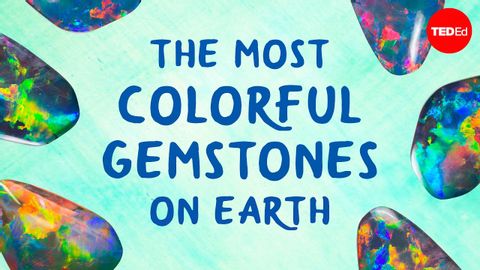地球上で最もカラフルな宝石 - Jeff Dekofsky (The most colorful gemstones on Earth - Jeff Dekofsky)
林宜悉 が 2020 年 12 月 03 日 に投稿  この条件に一致する単語はありません
この条件に一致する単語はありませんUS /fɪˈnɑməˌnɑn, -nən/
・
UK /fə'nɒmɪnən/
US /ˈenʃənt/
・
UK /'eɪnʃənt/
US /ˈstrʌk.tʃɚ/
・
UK /ˈstrʌk.tʃə/
- n. (c./u.)構造;建物
- v.t.組み立てる;組織する
エネルギーを使用
すべての単語を解除
発音・解説・フィルター機能を解除
